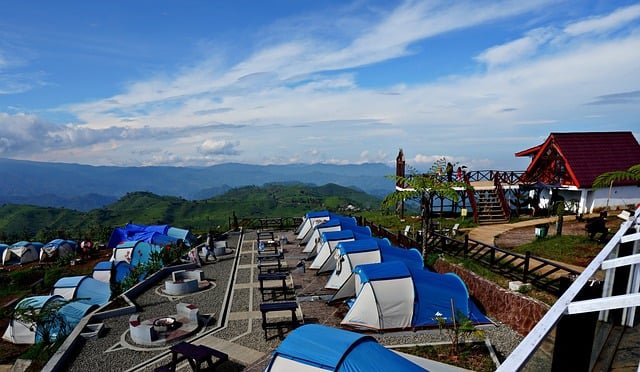
When we talk about hiking, we often hear the term "switchback" being mentioned. But what exactly is a switchback and why is it important for hikers?
A switchback, also known as a zigzag trail or a hairpin turn, is a trail design used in hiking and backpacking to navigate steep or mountainous terrain. Instead of taking a straight path up or down a steep slope, a switchback trail consists of a series of turns that go back and forth, essentially "switching back" on itself, to gradually gain or lose elevation.
The main purpose of switchbacks is to make the hiking experience safer and more manageable for hikers. Without switchbacks, hiking steep terrain can be quite challenging and even dangerous. The steepness of the trail can make it difficult for hikers to maintain balance and traction, especially with the added weight of a backpack. Switchbacks help to evenly distribute the steepness of the trail and make it easier for hikers to ascend or descend with less strain on their bodies.
Furthermore, switchbacks also help to prevent soil erosion and damage to the trail. When hikers take a straight path up or down a steep slope, it causes the soil to loosen and can lead to soil erosion. This not only damages the trail but can also be harmful to the local ecosystem. By using switchbacks, hikers are able to spread their footsteps over a larger area, minimizing the impact on the trail and surrounding environment.
While switchbacks may make the hiking experience easier, they can still be challenging for some hikers, especially for beginners. Here are some tips and techniques for hiking switchbacks:
Switchbacks are designed to make the hike more manageable, but they can still be physically demanding. It is important to take breaks as needed, especially if you are carrying a heavy backpack. By resting and catching your breath, you can avoid getting tired too quickly.
When hiking switchbacks, it is essential to have good foot placement. Look for stable rocks or tree roots to step on, and make sure your feet are firmly planted on the ground before taking the next step. This will help to prevent slips and falls, making your hike safer and more enjoyable.
Using hiking poles can provide extra support and balance when hiking switchbacks. They can also help to take some strain off your legs, making the hike easier. Make sure to adjust them to the appropriate length for the terrain you are hiking on.
To minimize the impact on the trail and the environment, it is essential to stay on the designated trail. Do not try to take shortcuts or create new paths, as this can cause damage to the trail and the surrounding ecosystem.
When hiking switchbacks, it is important to follow proper trail etiquette. This means yielding to uphill hikers, staying to the right side of the trail, and not blocking the trail when taking breaks. By being considerate and respectful to other hikers, you can help to create a positive and safe hiking experience for everyone.
Switchbacks play an essential role in making hiking safer, more manageable, and more sustainable. By understanding the purpose of switchbacks and using the proper techniques, hikers can have a more enjoyable and rewarding hiking experience. So next time you hit the trails, remember to embrace the switchbacks and zigzag your way to the top!







Join our newsletter community for exclusive updates, offers, and more. Sign up now to stay in the loop!
© Outdoor-Expedition. All Rights Reserved. Design by HTML Codex